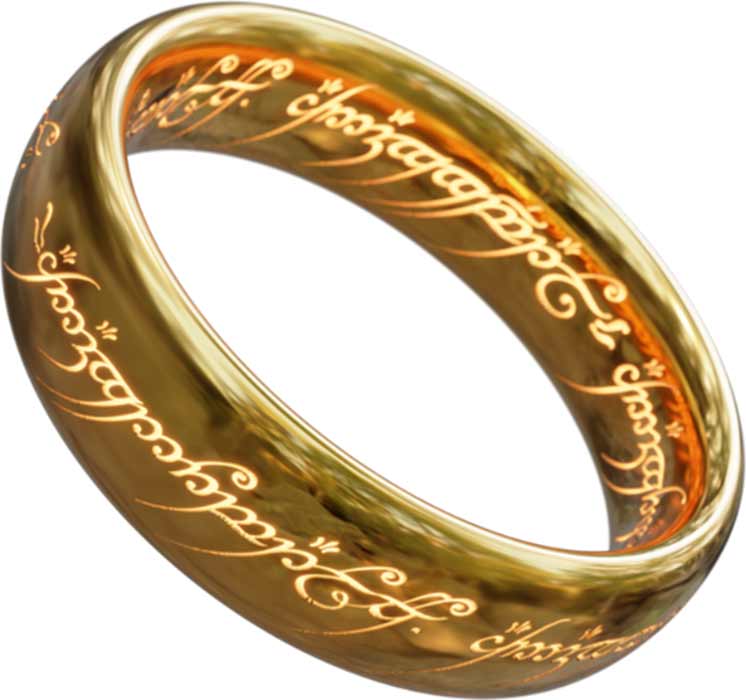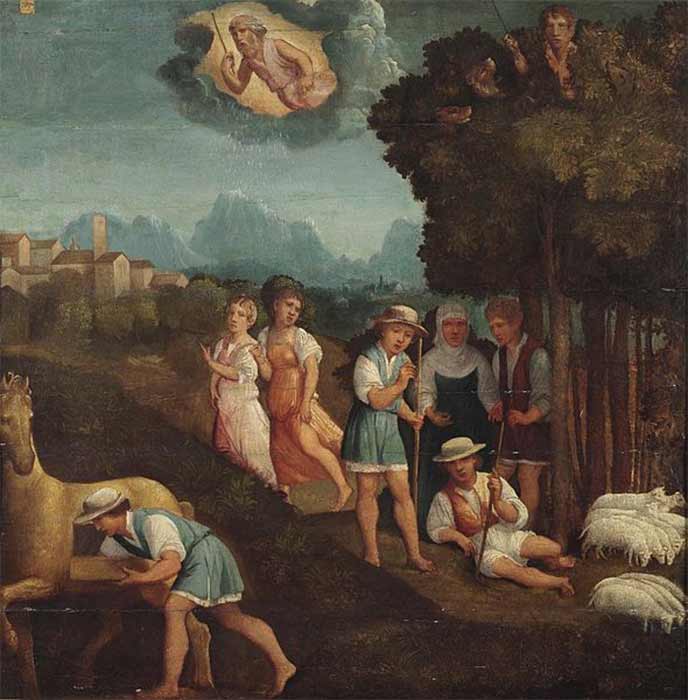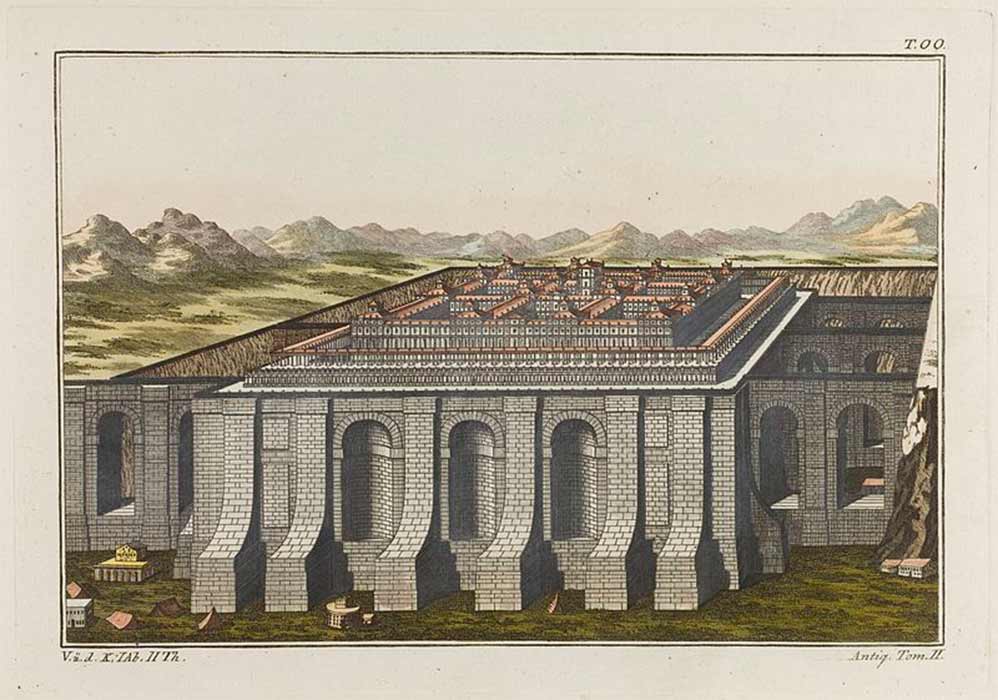
My Precious - Magic Power Rings Recurring In Legends
“The future of civilization rests in the fate of the One Ring, which has been lost for centuries. Powerful forces are unrelenting in their search for it,” is the opening line of the blurb for J.R.R. Tolkien’s epic adventure story The Lord of the Rings, that was written between 1937 and 1949. Considered one of the best-selling books ever written with over 150 million copies sold, this standalone work of high-fantasy follows the journey of a young Hobbit named Frodo Baggins who inherits a magic ring. As the ‘Ringbearer,’ the hero is tasked with destroying the so-called ‘One Ring‘ by returning it to the hellish fires of Mount Doom where it was forged by the evil wizard Sauron.

The One Ring was forged in gold and it was completely resistant to any kind of damage, including dragon fire, and it could only be destroyed it in volcanic magma at Sauron’s Mount Doom where it had been created. (Peter J. Yost / CC BY-SA 4.0)
It is widely known that Tolkien drew on a wide array of influences including archaeology, Norse mythology, Christianity and Germanic heroic legends like Beowulf. These legends and myths are all replete with tales of magic finger rings imbued with supernatural powers, but most often they endow wearers with invisibility and immortality. Other magic rings granted wishes and cast spells, and while most often rings were associated with positive powers, some of the more interesting are the cursed rings of folklore, like the ‘One Ring’ from The Lord of the Rings. In an effort to understand the ancient origins of mythical magic rings, one must journey back in time to the magic schools of classical antiquity and the building of the legendary King Solomon’s Temple.

Gyges the shepherd discovers the magic ring with which he murdered the King and seduced his Queen by anonymous artist.(Public Domain)
The Ring Of Gyges
Plato founded the Platonist school of thought and ‘The Academy’, the first institution of higher learning in the Western world. In his second book Republic, written around 375 BC, Plato’s brother tells the story of The Ring of Gyges which offered its wearers the power of invisibility - just like Tolkien’s One Ring. This tale recounts the legend of a shepherd called Gyges in the employ of the king of Lydia, who found a magic ring in a cave one day. Gyges discovered he became invisible when he turned the ring one way on his finger, and that he reappeared when he turned the ring the other way. Gyges used the magic ring to alter his fate, so that he became one of the king’s messengers. Twisting the ring back and forth the shepherd went on to seduce the queen, to kill the king and to rule the kingdom.
Essentially, within myths, invisibility is symbolic of escaping detection and the tale of the magic ring of Gyges opens the question: why should a person bother to do the right thing if one can get away with doing wrong? It is a deeply moral question that Plato addressed in Republic.

The temple of Solomon at Jerusalem. (Wellcome Images/ CC BY-SA 4.0)




